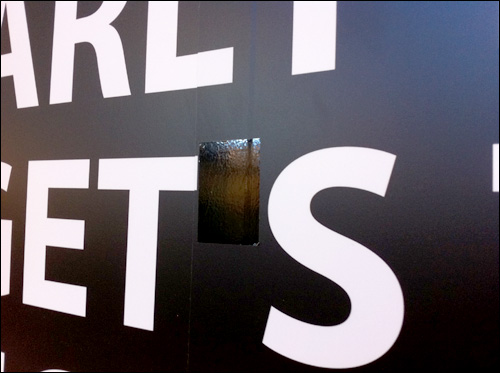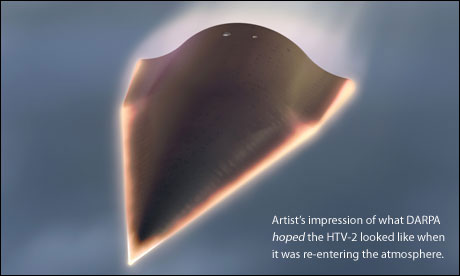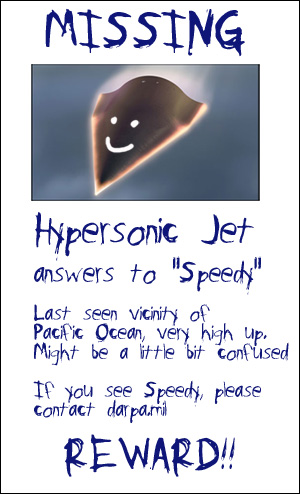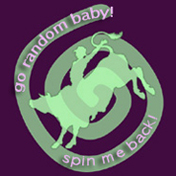Tue 24 Jan 2012
A Stitch in Time Save’s Nine
Posted by anaglyph under Daft Advertising, Idiots, In The News, Laughs, Oops!, Words
[20] Comments
The crazy Christmas holidays can be, well, crazy, and we all know that sometimes the little details can easily get overlooked in the midst of the mad festive rush. On Boxing Day just passed, Australian retailer Myer overlooked a little detail that they undoubtedly really wish they hadn’t, since it got a lot of mirth-mileage in the Twittersphere and the Webiverse.
It seems that someone (a someone who is probably beginning their new year queuing for an unemployment cheque) inadvertently thought to add an apostrophe in the wrong place in the Myer New Year Sales’ slogan: ‘The early bird get’s the right size’.
Oh deary me.
Leaving aside for a moment the fact that it’s an atrocious slogan to begin with, and the copywriter probably deserves a place in Hell for that alone, WHAT THE CRAP WERE THEY THINKING? That’s such a random apostrophe that I don’t believe anyone on the planet could be so dumb as to think ‘gets’ needs it. For fuck’s sake WHY??? It’s so bizarre in fact that I’m inclined to think that someone with evil intentions purposely sneaked it in there just to see how far along the production chain it could go before it was noticed. And travel far it did, merrily whistling its way past the ad team creative directors, the designers, the Myer client and the printers, finally declaring its cheeky presence in seven-storey high banners throughout the Myer chain. You can see an example here on the Sydney Morning Herald site.
Em. Barrass. Ing.
The best part is, though, that having printed however many hundreds or thousands of posters and banners with the cringeworthy blunder, Myer were obliged to rectify it or look like even greater dunderheads. The signs now look like this:

Management obviously felt that the mistake didn’t warrant the expense of reprinting, so the band-aid solution was almost literally that – a black swatch of tape on every instance of the pesky punctuation point.

This leads to the almost greater crime of an ungainly kerned word in the slogan. In other words, an offence of grammar is being repealed at the expense of a crime against typography. The signs are still up everywhere and every time I see one it makes me chuckle with schadenfreude.

I was in Myer a few days ago, attempting to exchange a box of drinking glasses which had one piece missing. As I was standing at the counter, waiting to be served, the saleswoman – who was plainly aware of my presence – just wandered away somewhere without so much as a word of explanation and didn’t come back. I waited for five minutes. Another customer queued behind me.
‘Is anyone serving you?’ she asked.
‘Well, there was someone,’ I said, ‘but she disappeared somewhere over there.’
We waited for another few minutes. Finally, the woman dumped her goods on the counter.
‘And they wonder why we shop online,’ she said, leaving.
Right on sister.
I hung around for a bit longer but eventually thought, fuck it, I’ll just go get another box myself. I took the old box out of my bag and put a new, complete box in, and headed off. A security guard was not ten feet away.
The moral to this story is:
Little stroke’s fell great oak’s.








